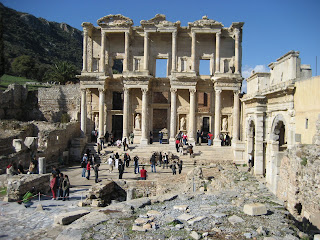

Owning my own board and learning to surf has been great! But I'll never ever forget.....
Cruising the Caribbean...

The Pyramids (Sakkara, Egypt)
The Pyramids were in the ancient times. They were tombs for the Egyptian Kings called Pharaohs. The great architect Imhotep came up with the way to build the Pyramids.

The Sphinx (Sakkara, Egypt):
The Sphinx was built by the ancient Egyptians some seven thousand years ago. It was created to guard the Pyramids.

The Zigguraat:
The Ziggurat is one of the first step pyramids that led to all others. It housed the Pharaoh's tombs.

Big Ben (London, England):
Big Ben is actually the BELL in the clocktower in London. It was made by the same people who made the Liberty Bell and Guess What? They're BOTH cracked!

Pompeii (Italy):
This ancient city was covered in volcanic ash when Mount Vesuvius erupted in 79 AD. Many people died and were covered in the volcanic ash.

L'Arc de Triomphe (Paris, France)"
The Arc de Triomphe is a man made structure. It was a monument built after their victory in the French revolution.

The Painting of the Mona Lisa (Louvre, Paris, France):
The Mona Lisa was painted by Leonardo Da Vinci. They say that she looked sad because her daughter had just died so she was not in a good mood. If you look at the Mona Lisa long enough she seems to smile.


The Colusseum (Rome, Italy):
The Colusseum was a gladiator arena. In the intermission they would let people juggle and after that they would throw the entertainers in with the wild animals. The animals would tear them apart and the people cheered. They also would throw animals in with the gladiators.

Leaning Tower of Pisa (Pisa, Italy):
The Leaning Tower of Pisa was supposed to be the Tower of Pisa. It was built on unstable ground so when it was almost finished, it started to lean. After they braced it, the architect completed the tower and the last three floors are actually straight!


The Library of Ephesus (Ephesus, Turkey):
The Library of Ephesus was where lots of ancient books (scrolls) were stored. They were all lost after a fire.

Venice (Venice, Italy):
There are no roads, only canals and waterways in Venice. The ancient Venicians used the canals as a defence mechanism against their enemies.

The Eiffel Tower (Paris, France):
One of the greatest landmarks in the world. It was built for the 1889 World Expo.

Seeing My Favorite Pirate and The "Dutchmen"

Jet Skiing in the Bahamas

AND Spending Time with my little cousin Emellin (Willem):


I can't WAIT for my next adventure!































